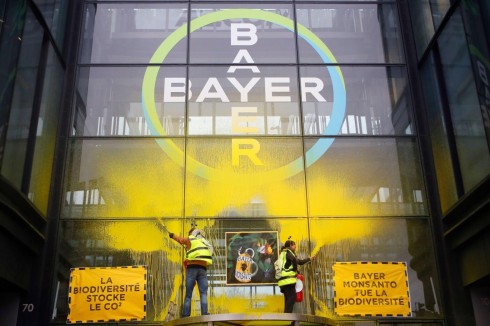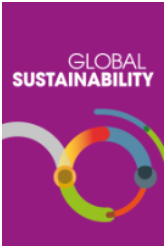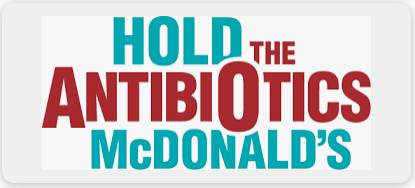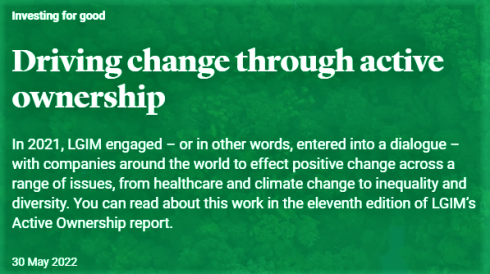Glyphosate, Roundup and the Failures of Regulatory Assessment
Dr Eva Novotny
Dr Eva Novotny has responded to a recent post which concluded that successive governments have injured the health of their people by allowing harmful products to be manufactured and used instead of banning them:
“Contamination of our food must be an important contributor to illness (in addition to the nutrient-poor diets of many people).
“Agricultural pesticides enter crops and residues can remain. If the current UK Government proceeds to introduce genetically modified (GM) foods and crops into this country, there will be far more contamination of our diet.
Most GM crops have been designed to tolerate Monsanto’s herbicide Roundup (in fact, the original purpose for creating GM crops was to further the sale of Roundup after its patent expired — so much for the claim that GM crops would reduce pesticide use!). The declared active ingredient in Roundup is glyphosate, but glyphosate has relatively little effect as a herbicide, while the other ingredients are far more powerful. .
“Gene-edited foods, despite the claims of safety, carry many of the same risks as the older GM crops plus additional dangers: the precision claimed refers to the ability to target a specific gene, which was not possible with the older GM methods. However, the manipulation of the specific gene causes many additional, uncontrollable changes in the chromosome: insertions, deletions and scrambles of genetic material. Then, once the specific gene has been edited, a multi-stage process is necessary to produce a whole new organism, just as in the case of the older GMOs.
“Unfortunately, regulators in the EU assess only the “active ingredient”, glyphosate, not Roundup, for harm to health and the environment. The assessment procedure itself is corrupt. I have published a paper on these topics.”
Glyphosate, Roundup and the Failures of Regulatory Assessment
Abstract
Roundup is the most widely used herbicide in agriculture. It contains glyphosate as the ‘active ingredient’, together with formulants. There are various versions of Roundup, with somewhat different effects depending on the formulants.
Most genetically-modified crops are designed to tolerate Roundup, thus allowing spraying against weeds during the growing season of the crop without destroying it. Having been so heavily used, this herbicide is now found in the soil, water, air, and even in humans worldwide. Roundup may also remain as a residue on edible crops.
Many studies have found harm to the environment and to health, making it imperative to regulate the use of Roundup and to ensure that its various formulations pose no danger when used in the long-term.
Unfortunately, regulators may only assess the ‘active ingredient’, glyphosate, and ignore the toxicity of the formulants, which can be far more toxic than the active ingredient. This omission is in violation of a ruling by the Court of Justice of the European Union. There are close ties between the regulators and the industry they are supposed to regulate.
Objectionable practices include ‘revolving doors’ between the regulators and the industry, heavy reliance on unpublished papers produced by the industry while dismissing papers published by independent scientists, and strong covert influence on the regulatory process by industry. Although this paper focuses on the European Union (EU), the situation is much the same in the United States.
–
MDPI (Multidisciplinary Digital Publishing Institute), a publisher of open access scientific journals, published the full paper on a ‘free to read’ basis.
o
o
Tags: assessment, ECHA, EFSA, EPA, Glyphosate, regulation, Roundup
 https://www.collectgbstamps.co.uk/explore/issues/?issue=22786
https://www.collectgbstamps.co.uk/explore/issues/?issue=22786
























Recent Comments